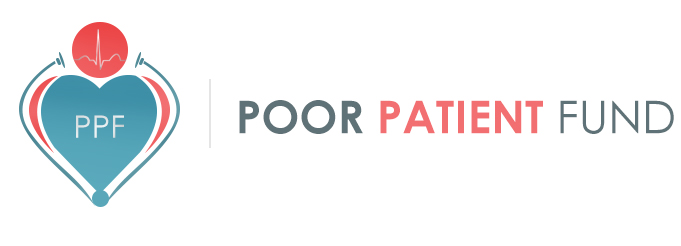
ACUTE PANCREATITIS (Part 4)
- Posted Category : Articles
- 19 November 2016
LONG-TERM CONSEQUENCES OF ACUTE PANCREATITIS
After acute pancreatitis, pancreatic exocrine and endocrine dysfunction develops in approximately 20 to 30% of patients and clear-cut chronic pancreatitis develops in one third to one half of those patients. Risk factors for the transition to recurrent attacks and chronic pancreatitis include the severity of the initial attack, the degree of pancreatic necrosis, and the cause of acute pancreatitis. In particular, long-term, heavy alcohol use as the cause and smoking as a cofactor dramatically increase the risk of a transition to chronic pancreatitis and reinforce the need for strong efforts to encourage abstinence. P
REVENTION OF RELAPSE
Cholecystectomy prevents recurrent gallstone pancreatitis. A delay of cholecystectomy for more than a few weeks places the patient at a high (up to 30%) risk for relapse. Cholecystectomy performed during the initial hospitalization for mild pancreatitis due to gallstones reduces the rate of subsequent gallstone-related complications by almost 75%, as compared with cholecystectomy performed 25 to 30 days after discharge. For patients with severe or necrotizing pancreatitis, cholecystectomy may be delayed in order to address other clinically significant conditions or provide time for the pancreatic inflammation to diminish, allowing for better operative exposure.
For patients who are not considered to be candidates for surgery, endoscopic biliary sphincterotomy will reduce (but not eliminate) the risk of recurrent biliary pancreatitis but may not reduce the risk of subsequent acute cholecystitis and biliary colic. Patients with alcohol-associated acute pancreatitis who continue to drink alcohol have a high risk of recurrent pancreatitis and, ultimately, chronic pancreatitis. Half of such patients have a recurrence; the risk is markedly lower for those who are abstinent. A structured, consistent intervention to encourage abstinence is effective at preventing relapse but is often not used.
Interventions directed at smoking cessation are also effective preventive measures, since both alcohol and smoking are common risk factors for pancreatitis. Implicating a specific drug as a cause of acute pancreatitis is difficult, often incorrect, and potentially dangerous if the role of another drug is overlooked. In the absence of any alternative causes, withdrawing an implicated medication may prevent relapse. Tight control of hyperlipidemia can prevent a relapse of pancreatitis caused by hypertriglyceridemia. Serum triglyceride levels will fall in the absence of oral intake of food and fluids.
Thus, if it is unclear whether hyperlipidemia caused the acute attack, repeated measurements of blood triglyceride levels after discharge, while the patient is on a stable oral diet, can be informative. Primary prevention of pancreatitis is possible only in the case of pancreatitis caused by ERCP. ERCP should be avoided in patients who are not likely to benefit from it (e.g., those with suspected sphincter of Oddi dysfunction). Preventive therapies can be used in patients at high risk for post-ERCP pancreatitis on the basis of demographic, clinical, or procedural factors.
Two moderately effective therapies are now available: temporary placement of pancreatic duct stents and pharmacologic prophylaxis with nonsteroidal antiinflammatory drugs. CONCLUSIONS Acute pancreatitis is an increasingly common clinical problem. New approaches to fluid resuscitation, antibiotic use, nutritional support, and treatment of necrosis have changed management but have not yet been widely adopted. More effective prevention of post-ERCP pancreatitis is possible, and gallstone pancreatitis can be prevented with timely cholecystectomy.
The management of acute pancreatitis should continue to improve, as new consensus definitions help to guide clinical research and, even more important, as large clinical consortia collaborate on randomized trials.
The NEW ENGLAND JOURNAL of MEDICINE
All opinions and comments displayed do not necessarily represent the official opinion of the website, but they represent the view of the writer
